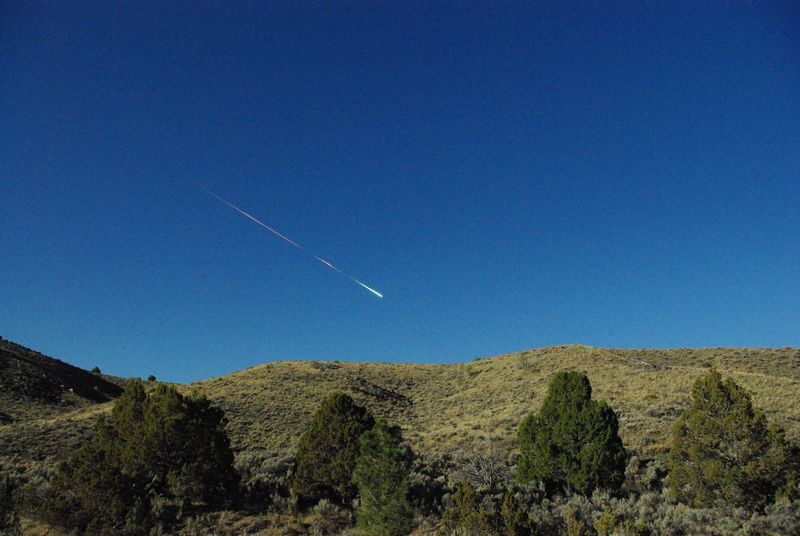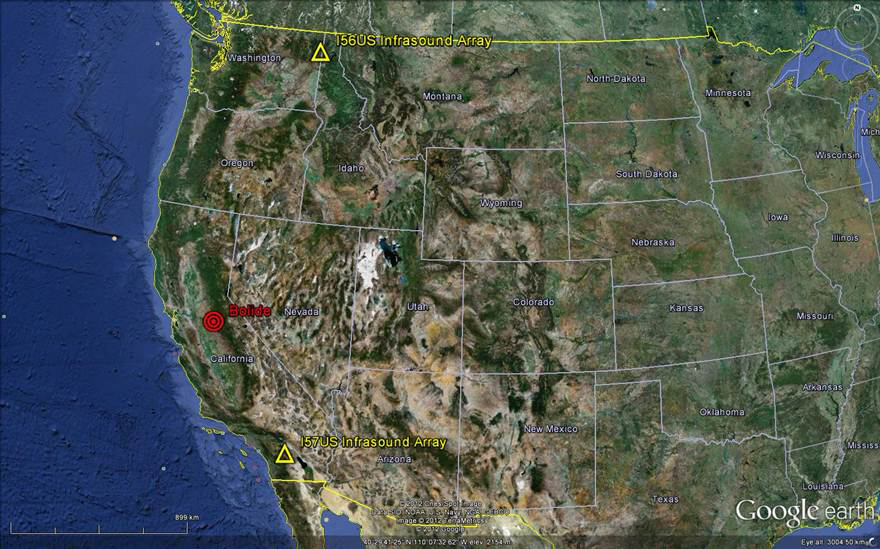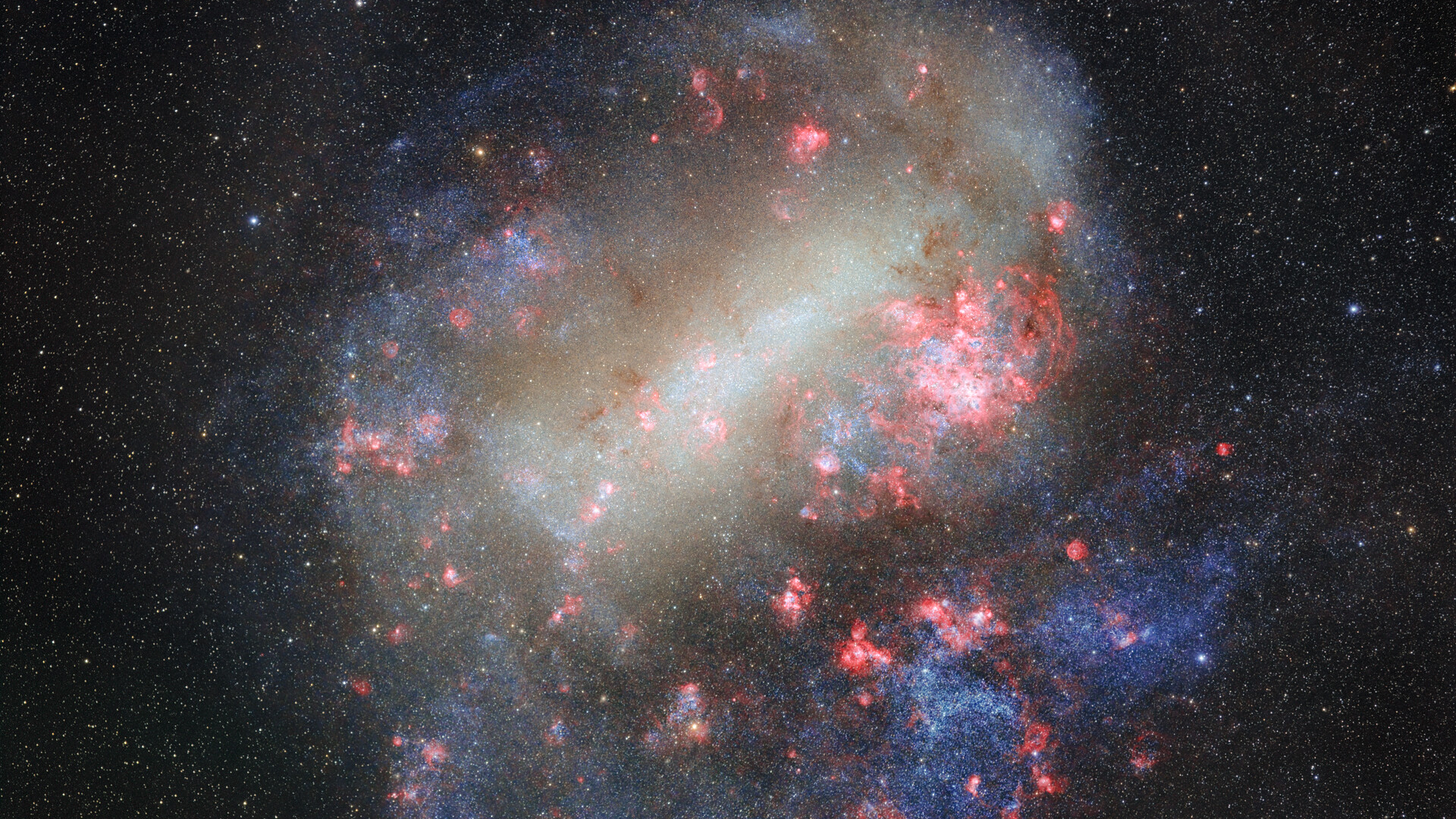Rare Daytime Fireball Created by Minivan-Size Space Rock

A surprise space rock explosion that lit up the daytime sky over parts of California and Nevada this week was no tiny meteor. NASA scientists say the fireball was created by a minivan-size asteroid that triggered a loud sonic boom as it broke apart and streaked through Earth's atmosphere.
The fireball was spotted —and heard — on Sunday (April 22) when a space rock slammed into the Earth's atmosphere and ignited into a dazzling fireball at around 8 a.m. PDT. According to NASA's meteor expert Bill Cooke, the light show was created by the disintegration of a rock that weighed about 154,300 pounds (about 70 metric tons).
When the fireball broke apart, it released energy equivalent to a 5-kiloton explosion, Cooke explained. The powerful event was witnessed from as far north as Sacramento, Calif., and as far east as North Las Vegas, Nev.
A study by astronomer Elizabeth Silber, a scientist with the Meteor Group at the Western University of Canada in Ontario, found that the Sunday fireball likely exploded in the planet's upper atmosphere, high over California's Central Valley. Silber used sound detectors to map the location where the meteor exploded. [See an eyewitness photo of the fireball]
While daytime fireballs like Sunday's event are relatively rare, what makes this week's fireball even more unique is the apparent large size of the space rock that spawned it.
"Most meteors you see in the night's sky are the size of tiny stones or even grains of sand and their trail lasts all of a second or two," Don Yeomans, of NASA's Near-Earth Object Program Office at the Jet Propulsion Laboratory in Pasadena, Calif., said in a statement. "Fireballs you can see relatively easily in the daytime and are many times that size – anywhere from a baseball-sized object to something as big as a minivan."
But actually seeing a fireball in the daytime sky is a special skywatching treat, Yeomans said.
Breaking space news, the latest updates on rocket launches, skywatching events and more!
"An event of this size might happen about once a year," said Yeomans. "But most of them occur over the ocean or an uninhabited area, so getting to see one is something special."
And while Sunday's fireball occurred just after the peak of the annual mid-April Lyrid meteor shower, it was likely not a Lyrid meteor, according to Cooke, who leads NASA's Meteoroid Environments Office at the agency's Marshall Space Flight Center in Huntsville, Ala.
"[W]ithout a trajectory, I cannot rule out a Lyrid origin, but I think it likely that it was a background or sporadic meteor," Cooke said.
You can follow SPACE.com Managing Editor Tariq Malik on Twitter @tariqjmalik. Follow SPACE.com for the latest in space science and exploration news on Twitter @Spacedotcom and on Facebook.

Tariq is the award-winning Editor-in-Chief of Space.com and joined the team in 2001. He covers human spaceflight, as well as skywatching and entertainment. He became Space.com's Editor-in-Chief in 2019. Before joining Space.com, Tariq was a staff reporter for The Los Angeles Times covering education and city beats in La Habra, Fullerton and Huntington Beach. He's a recipient of the 2022 Harry Kolcum Award for excellence in space reporting and the 2025 Space Pioneer Award from the National Space Society. He is an Eagle Scout and Space Camp alum with journalism degrees from the USC and NYU. You can find Tariq at Space.com and as the co-host to the This Week In Space podcast on the TWiT network. To see his latest project, you can follow Tariq on Twitter @tariqjmalik.

